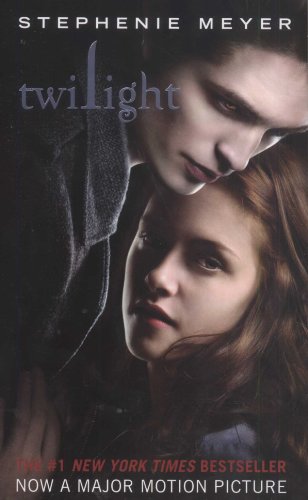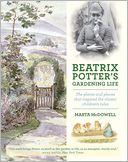So you think you'll write a book. Okay. It's a good
aspiration. I have but one modest suggestion at the outset: Be sure that's what
you really want to do, as writing that book can be bad for your
health--physically and emotionally--if you're not ready or willing to do what
it takes.
First, let's get an idea. You know, that new slant,
brilliant twist, blockbuster worthy, light bulb busting aha?
Now comes the research. Let's see if your topic's been done
before. No? Great! Let's get on with the real research. Get those stats
correct. Be sure the geography is right. Don't make a mistake with history, for
heaven's sake.
 Got all that in place? Fantastic! Now it's time to wait for
your muse to visit. Did I mention, wait? Oh, yes. This is a being that delights
in calling the shots, usually later rather than sooner. But finally, she's come
calling to accompany you through the morass of story building.
Got all that in place? Fantastic! Now it's time to wait for
your muse to visit. Did I mention, wait? Oh, yes. This is a being that delights
in calling the shots, usually later rather than sooner. But finally, she's come
calling to accompany you through the morass of story building.
You settle in for a lovely literary liaison with her. And
things go so well! That first draft of your manuscript is finished. You are so
proud. So happy. So fulfilled.
Then it's time to visit your critique group. Didn't I
mention your critique group? Silly me. You must have one. No, no, no to writing
in a vacuum. But not to worry. You have produced a masterpiece, and everyone
there will sing your praises and cast literary lilies at your feet.
Home you slog in a huff, manuscript still too hot to handle
from all the vitriol spewed upon it.
Next morning, you take up your quill, open the hateful pages
with your fellow authors' marks covering them--and learn! What do you know?
Huh. Their ideas aren't half bad. And you summon your muse back and begin
again.
But, hey, miracles still happen (think George Bailey), and a
publisher wants your book. That's terrific. You're going to make millions and
fast, too. Why, it'll only take--how long? Two years! I could be dead by then.
What's that? It'll be published posthumously? Swell.
And so it goes. But, then again there's something wondrous,
delicious, stupendous about writing that manuscript, polishing that manuscript,
shining that manuscript that I would not miss for the world.






